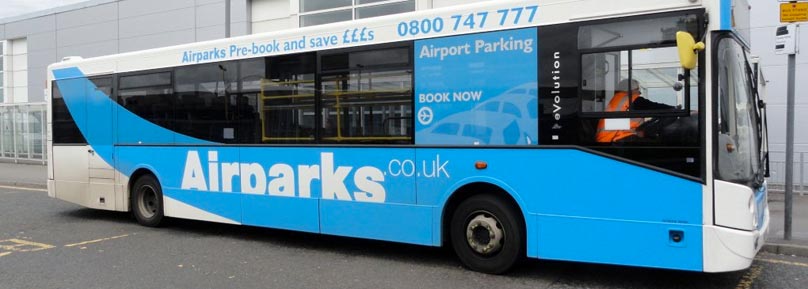Doncaster Airport History
Today, Doncaster Airport serves hundreds of thousands of passengers each year, and is a thriving centre of travel, particularly for low-cost air journeys. Yet while Doncaster is prospering today, its history is unusual among airports.
Like most other airports in Britain, Doncaster Airport started life as a military base during wartime. However, while the post-war period saw many ex-RAF bases prosper as commercial and civil flying centres, it was not until 2005 that Doncaster Airport started being used for this purpose. When the South Yorkshire-based airport reopened it was given the name Robin Hood Airport.
The military era
Doncaster Airport was founded as Finningley Airfield in 1915. During the First World War, it was used by the Royal Flying Corps, as a base from which they could intercept German Zeppelins. The German army were using these Zeppelins to target industrial cities in the North. In World War Two, the airfield was used for training purposes. Later on, in The Cold War, the airfield was used for nuclear-armed Vulcan bombers. The 1970s and 1980s saw the space once again used as a training ground. Then in 1995, the airport was decommissioned.
Re-opening
The advent of low-cost flights, coupled with rising passenger demand, made it possible for Doncaster Airport to re-open as a commercial airport in 2005. It was given this name for numerous reasons, including that the original Robin Hood legends are set in Barnsdale Forest, an area of South Yorkshire which surrounded Doncaster and Pontefract.
The re-opening was not without controversy. Some 11,000 people signed a petition to oppose it. Supporters of the airport said this was inevitable, given that it was the UK’s newest international airport.
Recent history
Since its opening, many aspects of the airport have been expanded, including Doncaster Robin Hood Airport Parking facilities. The airport now serves many international destinations, including Gran Canaria, Tenerife, Minorca and Rhodes.
In 2007, the airport was used by more than one million passengers.


